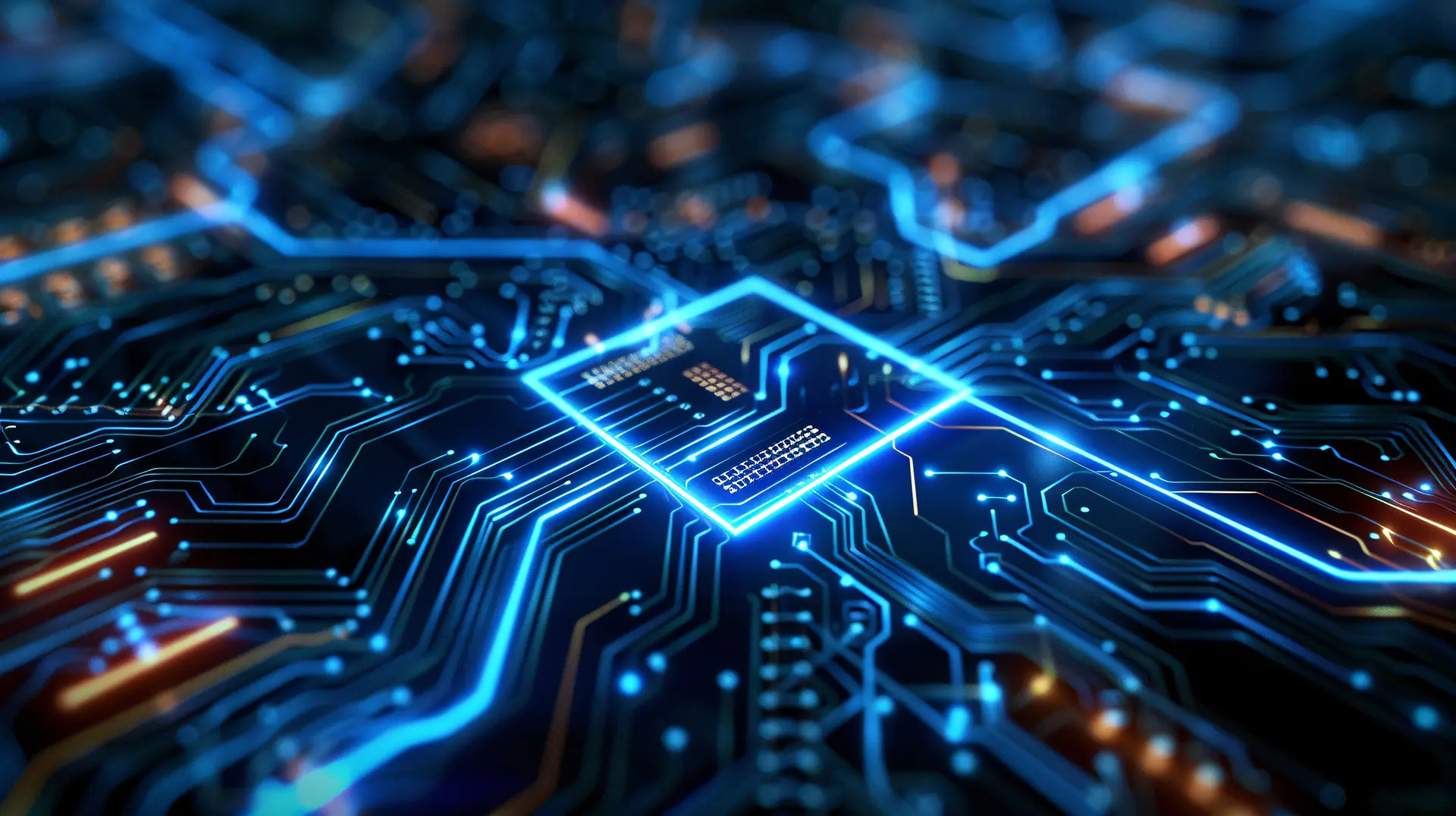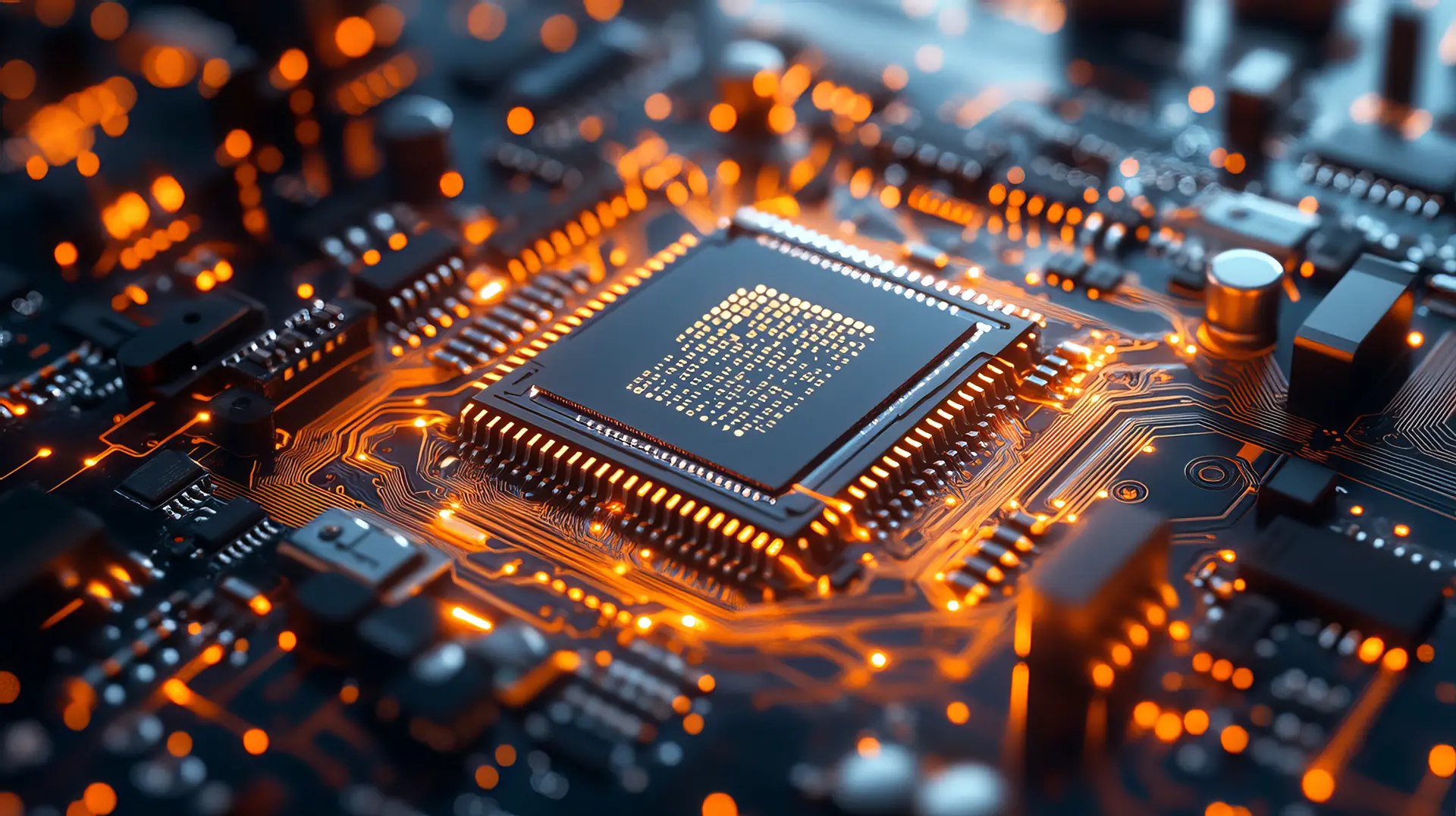Table of contents
- What is the purpose of a graphics card?
- Cyber security of graphics cards
- How to update graphics card drivers
- General tips for updating drivers
- Tools to check graphics card drivers
- Security tips for graphics cards
In the world of cyber security, one often overlooked aspect is the security of graphics cards.
These components are essential for the optimal functioning of the operating system and graphic applications. If not adequately protected, they can be vulnerable to various threats.
Therefore, to keep your system secure, it is crucial to:
- Understand the role of graphics cards
- Recognize the importance of updating drivers
- Follow best security practices
This article aims to address these topics.
What is the purpose of a graphics card?
A graphic card, also known as a video card, is a crucial hardware component for managing images and videos displayed on the computer screen.
Its primary function is to transform data processed by the operating system into visual signals that can be displayed on the monitor.
Dedicated graphics cards, such as those produced by Nvidia, are designed to offer superior graphic performance compared to integrated solutions.
The video card’s RAM, known as VRAM, plays an important role in determining the quality and fluidity of the displayed images.
Cyber security of graphics cards
Graphics cards can be an entry point for malware, especially if the graphics card drivers are not regularly updated.
Drivers, the software that allows the operating system to communicate with the graphics card, must be kept up to date to ensure system security and performance.
Vulnerabilities in drivers can be exploited by cyber criminals to gain access to the system. Therefore, it is essential always to use the latest drivers released by graphics card manufacturers.
Recently, various cyber security issues related to graphics cards have been discovered. These problems can stem from different sources, including vulnerabilities in graphics card drivers, hardware exploits, and advanced attack methods that exploit the GPU’s computing power. Here are some examples of potential security issues:
- Vulnerabilities in drivers
Graphics card drivers, which are necessary software for the correct functioning of GPUs, can contain vulnerabilities. If exploited, these vulnerabilities can allow an attacker to execute malicious code on the system.
- Side-channel attacks
GPUs can be used to execute side-channel attacks, where an attacker exploits information derived from the GPU’s use (such as power consumption or processing times) to obtain sensitive data such as encryption keys.
- Unauthorized cryptocurrency mining
GPUs are highly efficient for cryptocurrency mining. Specialized malware can exploit the GPU’s computing power to mine cryptocurrencies without the owner’s consent, leading to increased energy consumption and reduced system performance.
- Compromised firmware
Even the firmware of graphics cards can be an attack vector. A compromised firmware can be difficult to detect and can allow an attacker to gain deep control over the system.
- Exploitation of graphic APIs
Graphic APIs like OpenGL, DirectX, or Vulkan can have bugs that, if exploited, can lead to arbitrary code execution or disclosure of sensitive information.

How to update graphics card drivers
Updating graphics card drivers is essential for ensuring optimal performance and security on various devices, including PCs, laptops, and gaming consoles.
The approach may vary slightly depending on the device. Below is a detailed guide for updating drivers on different platforms.
Below is a real detailed guide to updating drivers on Windows PC, macOS, Linux, PlayStation and Xbox consoles.
PC Windows
Updating graphics card drivers on a Windows PC is a relatively simple process. Here is a step-by-step guide:
Device Manager:
- Press Windows + X and select “Device Manager”
- Locate “Display adapters” and click on the corresponding entry
- Right-click on the installed graphics card and select “Update driver”
- Select “Search automatically for updated drivers”
Manufacturer’s website:
- Visit the website of the graphics card manufacturer, such as Nvidia or AMD
- Enter the model of your graphics card and download the latest drivers
- Follow the installation instructions, which typically involve running an executable file
Manufacturer’s software:
- Some manufacturers offer dedicated software for managing drivers, such as Nvidia GeForce Experience or AMD Radeon Software
- Install and launch the software, then follow the instructions to update the drivers
macOS
On macOS, updating graphics card drivers is generally managed automatically through operating system updates. However, you can force a check for updates by following these steps:
Software Update:
- Click on the Apple icon in the top left and select “System Preferences”
- Select “Software Update”
- If updates are available, click “Update Now”
Specific drivers:
- For some specific graphics cards, such as those used in eGPU configurations, you may need to download drivers directly from the manufacturer’s website
Console PlayStation
To update graphics card drivers on a PlayStation console, such as PS4 or PS5, it is necessary to keep the system updated. Here’s how:
Automatic update:
- Ensure that the console is connected to the internet
- Go to “Settings” > “System Software Update”
- If updates are available, follow the instructions to install them
Manual update:
- Visit the PlayStation website and download the latest firmware to a USB drive
- Insert the USB drive into the console and go to “Settings” > “System Software Update” > “Update from USB”
Console Xbox
Updating graphics card drivers on an Xbox console (such as Xbox One or Xbox Series X) is done through system updates. Here’s how:
Automatic update:
- Connect the console to the internet
- Go to “Settings” > “System” > “Updates”
- If an update is available, follow the instructions to install it
Manual update:
- Download the update from the Xbox website to a USB drive
- Insert the USB drive into the console and follow the instructions for the system update
General tips for updating drivers
- Check compatibility
Before downloading and installing new drivers, make sure they are compatible with your device and operating system.
- Backup data
It is always a good practice to back up important data before updating drivers in case something goes wrong during the installation.
- Remove old drivers
Some manufacturers recommend uninstalling old drivers before installing new ones to avoid conflicts and compatibility issues.
Keeping graphics card drivers updated on various devices and consoles is essential for ensuring optimal performance and security. Following the appropriate procedures for each type of device ensures that the system functions smoothly and remains protected from vulnerabilities.
Tools to check graphics card drivers
Another useful tool for managing graphics card drivers is the DirectX Diagnostic Tool. This tool, integrated into the Windows operating system, allows you to check the status of drivers and the configuration of the graphics card. To access it, follow these steps:
- Open the Run command
Press Windows + R.
- Type “dxdiag”
In the window that appears, type “dxdiag” and press Enter.
- View information
In the DirectX Diagnostic Tool window, navigate to the “Display” tab to view details about the graphics card and installed drivers.
To ensure the security of graphics cards, it is important to follow some best practices:
- Regularly update drivers
As mentioned earlier, regularly updating drivers is essential for keeping the system secure.
- Use antivirus software
A good antivirus software can detect and block malware that may attempt to exploit graphics card vulnerabilities.
- Download drivers only from official sources
Avoid unofficial websites and download drivers only from graphics card manufacturers’ websites.
- Monitor graphics card performance
Use monitoring tools to detect any abnormal behavior of the graphics card that could indicate an infection or security issue.
Security tips for graphics cards
Graphics card security is a crucial aspect of the overall cyber security of a system.
Ensuring that drivers are always updated, using diagnostic tools, and following best security practices can help protect the system from potential threats.
With proper maintenance and the use of reliable resources, it is possible to ensure that the graphics card functions securely and efficiently.
FAQ
- What is the primary function of a graphics card?
The graphics card manages the display of images and videos on the monitor by transforming operating system data into visual signals. - How can I update graphics card drivers?
You can update drivers through Windows Device Manager or by downloading them directly from the manufacturer’s website. - Why is it important to update graphics card drivers?
Driver updates fix vulnerabilities and improve system performance and security. - What is the DirectX Diagnostic Tool?
It is a Windows tool that allows you to check the status of graphics card drivers and other system information. - Where can I find the latest drivers for my Nvidia graphics card?
On the official Nvidia website, where you can download and install them manually. - What are dedicated graphics cards?
They are graphics cards designed to offer superior graphic performance compared to integrated solutions, such as those produced by Nvidia. - How can I monitor my graphics card’s performance?
By using monitoring tools that can detect abnormal behavior or security issues. - What can happen if I don’t update my graphics card drivers?
The system can become vulnerable to malware, and graphic performance may deteriorate. - What are the best practices for graphics card security?
Regularly update drivers, use antivirus software, download drivers from official sources, and monitor performance. - How can I access Device Manager to update drivers?
By pressing Windows + X and selecting “Device Manager” from the menu.

